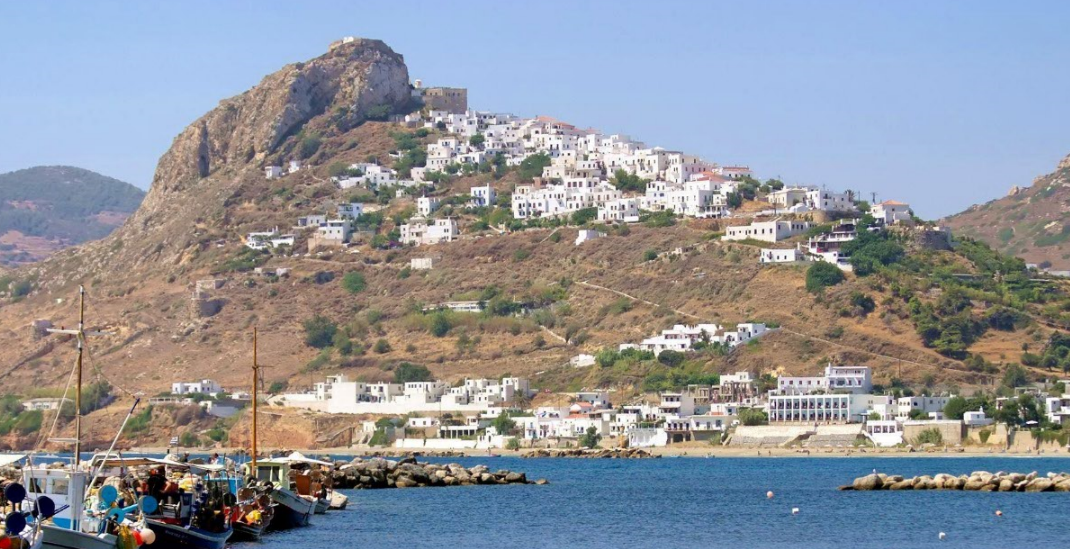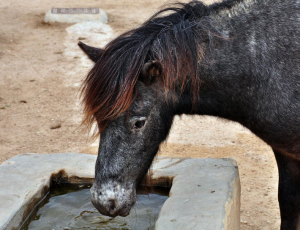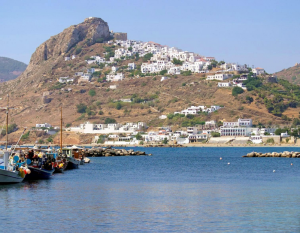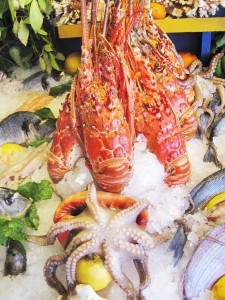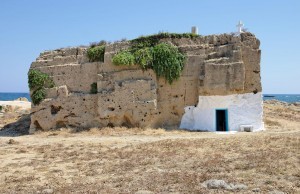Skyros is not be the first island you think of for your holiday in Greece, but it does have a devoted following which comes back year after year, drawn by its many unique features. One of them, the diminutive Skyrian pony, looks like it might have escaped from the frieze of the Parthenon.
This island in the Sporades is also famous for its carved furniture and painted ceramics. Fresh lobsters abound and are still affordable, though the days when you could have them for breakfast, lunch and dinner are gone. Like hiking? Marked trails help you explore the island’s two faces: the rocky south, where the British poet, Rupert Brooke lies buried, and the pine-forested west. Plus, there are beaches for every taste and a main town that puts on its best every night for your holiday entertainment.
What to do in Skyros
The Skyrian pony
They can be found running wild on the central plateau and placidly foraging in farms. The story of their origin is intriguing. One theory is that they are descendants of the breed of horses used by the cavalries in Greece in the 5th century B.C. Your kids will want to ride these exceptionally rare Lilliputian steeds and, with a little luck, they will.
Hora, a living museum
The main town is built on a hill topped by a castle, itself topped by the monastery of Saint George. Walk – there is no other way – around its narrow alleys where the whitewashed houses seamlessly merge with each other, smell the jasmine, peer through open doors and windows at the living-rooms proudly decorated with colourful ceramics and finely carved wooden furniture. You can get a closer look in the Folk Art Museum, which also maintains a shop.
British poet Rupert Brooke died near Skyros during the First World War. Apart from his tomb, he is commemorated with a statue in a square at the north end of town. The view of the Mediterranean is breathtaking. Once there would have been lookouts at places like this to spot pirates. Nowadays, all you’ll see are yachts and fishing-boats sailing the peaceful Aegean Sea.
Round the island in 80 minutes
If you place the bet, you’ll win. It is possible to go round the inhabited part of the island in less than an hour and half. But why rush? Drive from the port towards Magazia, the large and popular sandy beach and then head inland to the forested part of the island. On the west coast you’ll find lovely places to swim, such as Agios Petros, Kyra Panagia, Atsitsa, Agalipa and Agios Fokas, many of which also have terrific tavernas if you get hungry. On the final stretch before hitting the port of Linaria again, it’s worth stopping at the chapel of Agios Panteleimon for the spectacular view of the bay of Pefko and the uninhabited islands to the south.
What to do after the beach
The main cobbled road through town from the lower square to the statue of Rupert Brooke comes alive at night. It is lined with shops selling souvenirs and examples of all that lovely pottery, wood-carving and colourful fabrics, as well as restaurants, cafes and bars which really get going when the shops close.
Hidden gems of Skyros
The stone mushroom
At the otherworldly seaside site of Pouria is an ancient quarry where you’ll see a weird rock formation, the stone mushroom.
Lobsters!
Skyros has been famous for its plentiful lobsters since antiquity. Enjoy!
Full moon at Magazia
The great full moon of August is at its most romantic from here, rising out of the sea. Marvel at it from the coastal pathway above the beach or from one of the seaside tavernas.
Ask me anything
Explore related questions
